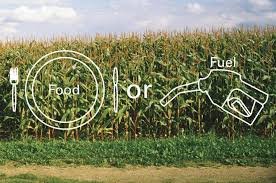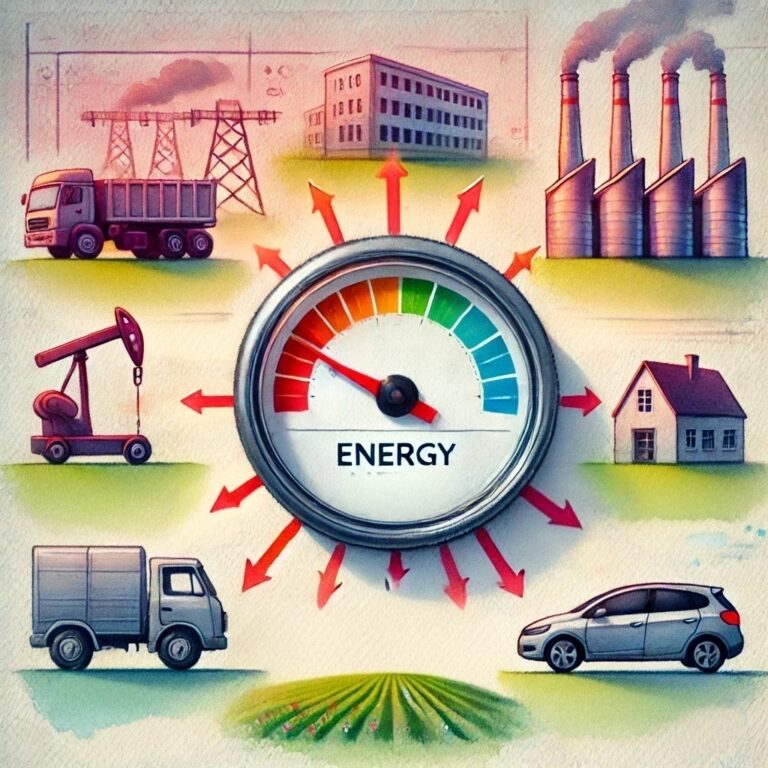beyond the battery: real alternatives to electric vehicles

“Not all that glitters is green. Just because it plugs in doesn’t mean it’s sustainable.”
From glossy Tesla ads to ambitious EU carbon targets, electric vehicles (EVs) have been positioned as the ultimate green solution. But the story isn’t that simple. Beneath the clean image lies a messy undercurrent of extractive mining, geopolitical tension, and corporate consolidation.
And here’s the kicker: the earliest cars didn’t run on gasoline—they ran on biofuels until Big Oil crushed that future in a ruthless bid for control. Today, one notorious tech mogul largely dominates EVs, while the scramble for lithium, cobalt, and rare earths fuels new environmental and humanitarian crises. If we don’t start looking at genuine alternatives to electric vehicles, we may be watching history repeat itself.
So, what else is out there? What might a truly sustainable transportation future look like?
Let’s explore three transformative alternatives to electric vehicles.
1. Public transport that serves the public

Well-funded, publicly owned transportation systems offer something EVs never can: collective benefit. When we invest in high-frequency trains, electric buses, bike-share programs, and walkable urban design, we don’t just reduce emissions Instead, we:
- Cut traffic congestion and road maintenance costs
- Slash per capita energy use without building millions of new vehicles
- Ensure mobility for all, not just those who can afford a shiny new car
Most importantly? We keep public money in public hands. Instead of socializing infrastructure costs while privatizing the profits, we can build circular, community-powered systems.
Why Public Transit Wins:
✅ Emission reductions without resource-intensive car manufacturing
✅ Equitable access for all income levels
✅ Resilient, community-owned infrastructure
2. Rethinking roads: Infrastructure that works for people

EVs still rely on the same auto-centric sprawl: highways, parking lots, and endless suburbs. If we simply swap out gas cars for electric ones, we miss a bigger opportunity: rethinking how we move through space entirely. What if we designed cities for:
- Short trips by foot or bike
- Local food, schools, and services
- Micro-mobility hubs like shared scooters, cargo bikes, and mini EVs
Urban planning and zoning reform may sound less flashy than self-driving cars, but they’re far more impactful. Human-scale infrastructure reduces car dependence altogether—electric or otherwise.
“A better world doesn’t have to mean better cars. It can mean fewer cars.”
3. eFuels & renewable fuel innovation

While not a silver bullet, eFuels, i.e. synthetic fuels made using renewable electricity, carbon capture, and hydrogen, offer a smart transition option. Especially useful for:
- Existing internal combustion vehicles (millions still in use)
- Aviation and shipping, where battery-powered solutions are limited
- Agriculture and rural transport where electrification is expensive or impractical
Unlike EV batteries, eFuels don’t require lithium or cobalt and can be distributed via existing infrastructure. While the tech is still evolving, the potential is enormous.
Q&A: alternatives to electric vehicles
Q: Are EVs bad for the environment?
A: Not inherently—but their environmental footprint depends on battery sourcing, electricity grid mix, and end-of-life recycling. They’re less bad than gas cars, but not a full solution.
Q: Why aren’t we just electrifying everything?
A: Electrification is key but not always feasible. Planes, ships, and rural transport face cost, storage, and range barriers. Electric solutions still depend on extractive mining.
Q: What’s the most sustainable way to travel?
A: Walking, biking, and public transit are good transition options. If you still need or want to drive, carpool, or consider eFuel-ready hybrids.
Rethinking the whole transportation picture with progressive alternatives to electric vehicles
The EV narrative has been sold as the savior of modern mobility, but real sustainability means more than switching fuels. It requires systemic thinking, shared ownership, and the courage to ask: Who benefits? Who’s left behind?
We don’t have to accept a false binary: gas car or electric. The future could be radically different if we choose to build it that way.
Enjoyed this look at alternatives to electric vehicles?
- Share it with someone who thinks EVs are the only options.
- Subscribe to the Ecosystems United for more updates on sustainability topics.
- Stay tuned for: “The Rise of eFuels – What You Should Know”
- Share your thoughts on genuine alternatives to electric vehicles in the comments. What kind of future do you want to drive toward? One where we replicate extractive systems with a new power source or one where we reimagine mobility entirely?





